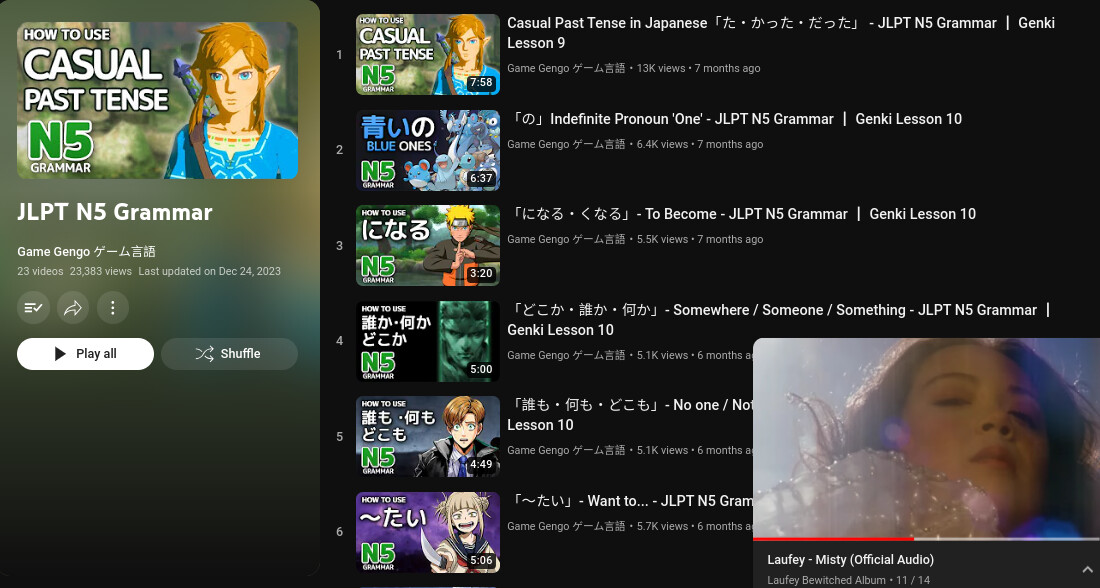Just to add to what others have said, you can have the following endings in this question:
焼きそばでもいいですか。(Polite form)
焼きそばでもいいのですか。(Polite Explanatory)
焼きそばでもいい? (Casual)
焼きそばでもいいの? (Casual Explanatory)
As was mentioned, i-Adjectives (いい in this case) don’t require a です at the end. The です copula is only there to make the sentence polite, that’s all it’s doing. You can simply end a sentence with an i-Adjective and be grammatically correct. If framed as a question, then make sure to add a “?” mark, when writing; or a rising intonation at the end, when speaking. Otherwise it is simply a statement, not a question.
The の particle, in this case (given that it has other functions), is working as a way to seek more information from the other person. It also makes the question sound softer. More often than not, you’ll see this の written as ん, as is 焼きそばでもいいんですか, so keep that in mind because this is VERY common.
As a side note, in anime, you’ll hear characters ask questions with just か, as in: 焼きそばでもいいか。However, this is a very direct question, and thus considered rude in Japanese, so while it is common to hear it like this in anime, it is not common in real life. Again, a way to soften this would be by adding の as in: 焼きそばでもいいのか。This would be OK too  . Just thought you might wanna know.
. Just thought you might wanna know.
HTH!



 but ofc forgetting stuff is normal
but ofc forgetting stuff is normal it hurt a first don’t worry but It get easier when you understand japenese grammer lol
it hurt a first don’t worry but It get easier when you understand japenese grammer lol 
 . Just thought you might wanna know.
. Just thought you might wanna know.
